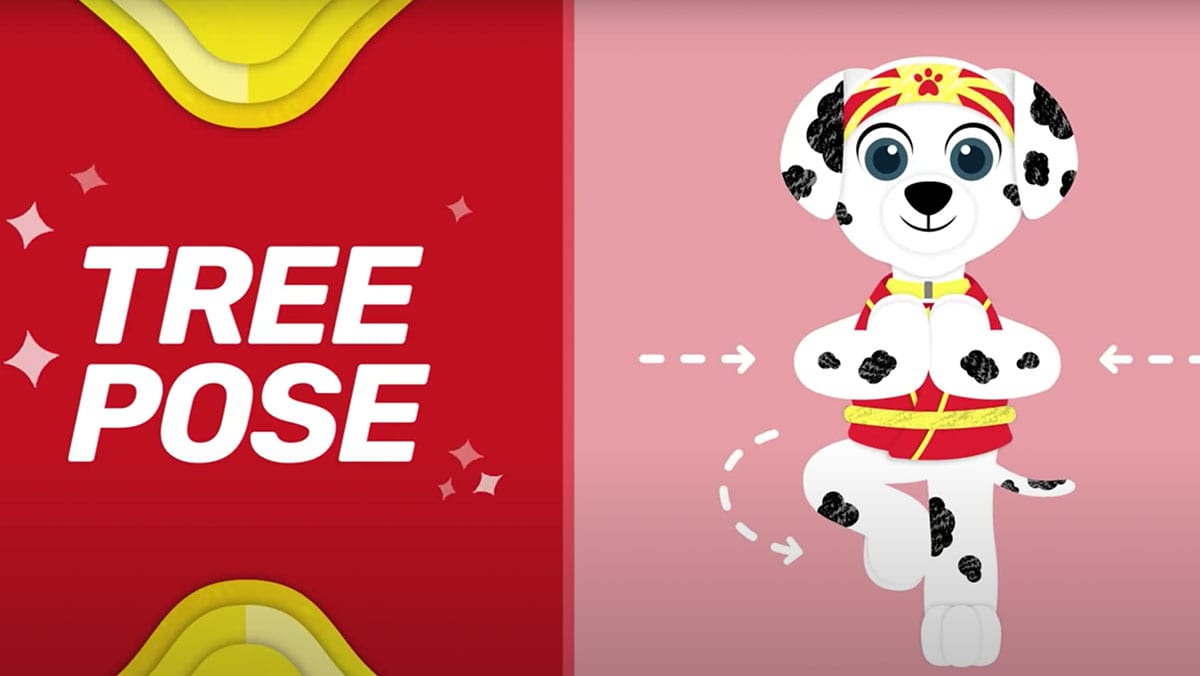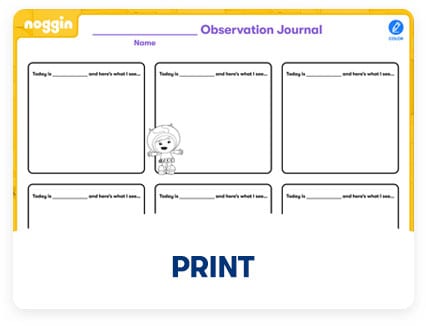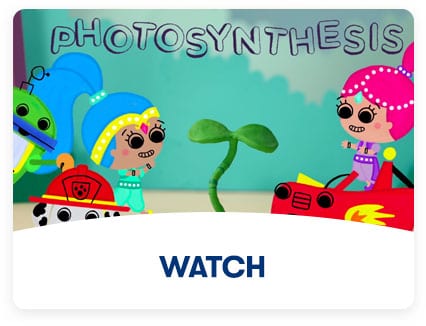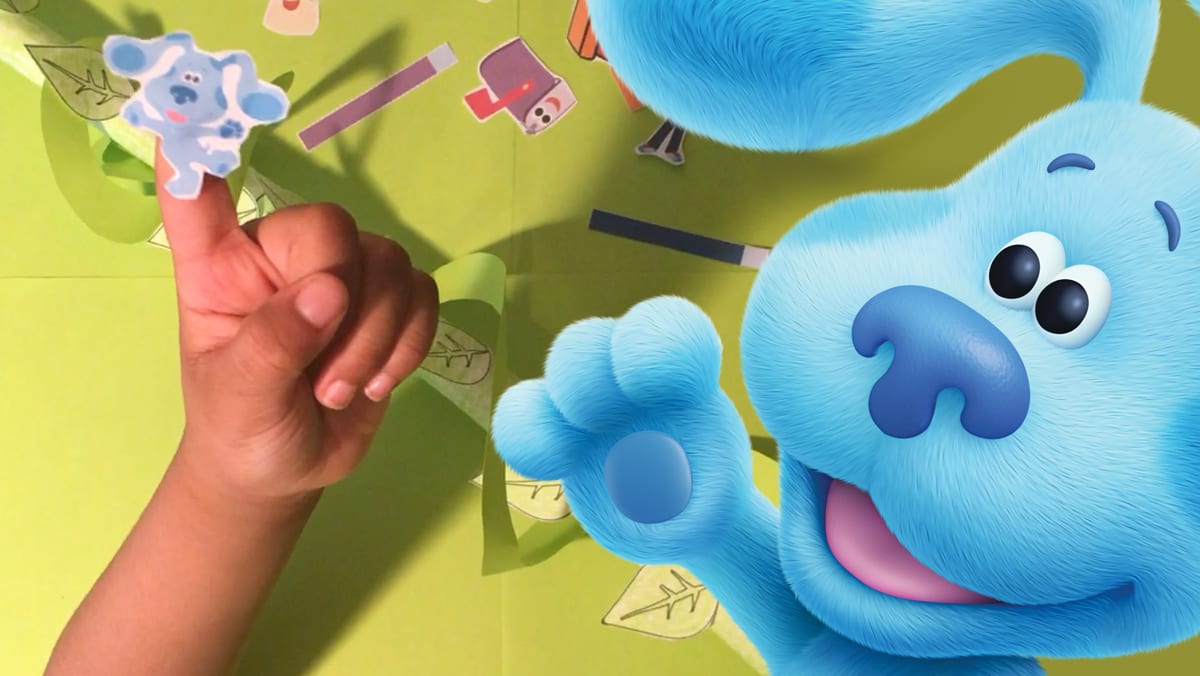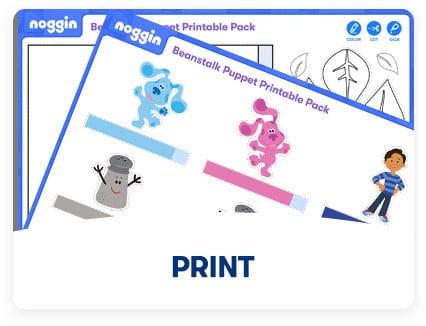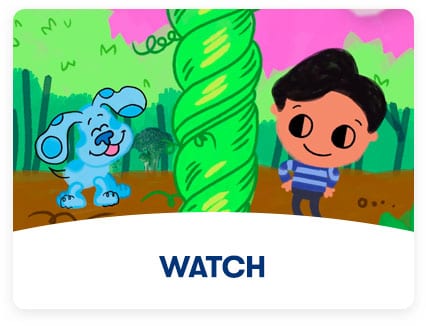Nickelodeon’s heralded Nick News marks its return with a special hour-long presentation–Kids, Race and Unity: A Nick News Special, premiering Monday, June 29, at 7 p.m. (ET/PT). Hosted by global superstar Alicia Keys, the program will amplify the voices and experiences of Black children across the country amid current events. Read more>
Tools for Talking to Children About Racism
When it comes to talking to younger children about racism, where do you even begin? It may seem difficult, but as one of your partners in learning, we’re here to share with you age-appropriate tools, simple strategies, and advice from experts, that will help you to engage in conversations that inspire your kids to change the world. Whether you are having the first talk or continuing a discussion, these trusted sources of information can help you approach these issues with even the youngest children.
Children’s books
- Shades of Black by Sandra Pinkney
- You Matter by Christian Robinson
- I Love My Hair by Natasha Anastasia Tarpley
- Say Something by Peter H. Reynolds
- A is for Activist by Innosanto Nagara
Videos for kids
Books for grownups
- Why Are All The Black Kids Sitting Together in the Cafeteria? And Other Conversations About Race by Beverly Daniel Tatum
- How To Be An Antiracist by Ibram X. Kendi
Videos for grownups
Podcasts
Tip sheets & activities
10 Pro Tips for Families Navigating Parenting in a Screen-Filled World
Creator of New Digital Wellness Guide Advises Noggin Parents

Parents and pediatricians have worried about how screens would affect children’s growing minds for decades — a worry that has only escalated recently as families have relied on screens for play, learning, and social interaction during the coronavirus pandemic.
Luckily, a handy, science-based Family Digital Wellness Guide just arrived to help families make smart choices as they navigate parenting in a screen-filled world.
“What we wanted to do is bring the science to bear on complex questions,” said Dr. Michael Rich, founder and director of Boston Children’s Hospital’s Center on Media and Child Health, the organization that created the guide.
Dr. Rich said the recent “tech-lash” (like “backlash” but against technology) with Silicon Valley executives forbidding their own children from using the tools they’ve invented is both impractical and not based on evidence. Instead, he offers 10 simple “pro tips” that will help parents safeguard the digital wellness of their little ones:
1) Content matters
What’s on the screen matters more than the screen itself. Dr. Rich says many companies make inaccurate claims that what they’re presenting to children is “educational.” But he said there are also children’s media companies — including PBS, Noggin, and Sesame Workshop — that create research-backed games, interactive videos, and other content. Parents should look for engaging, interactive, knowledge-building content.
2) Context matters
Parents should be aware of how their kids are using screens and for how long. He says screens allow for communication but not thinking and problem solving. That is, a child can talk with his preschool teacher on video chat, but he can only figure out how to balance blocks by building a big tower off screen. Short periods with screens followed by breaks for off-screen time is best for kids (and their grown-ups).
3) Think of screens as “power tools”
Dr. Rich said screens during the pandemic are really the only “conduit to the outside world” for children (and adults). Screens can be part of preschool programs or the best way to have dinner with Grandma and Grandpa. “Screens give them great power but also there are also potential pitfalls; children can start to start to learn to use them mindfully rather than just as a playground.”
4) Work with your child to make screen-time rules
“Sit down with your child, when their screens aren’t around, and plan the day and prioritize what they want to do, including screen time,” Dr. Rich advises. “That does a couple things: One is it helps to remind them that they have diverse interests. It reminds them they have a finite amount of time, and that they need to budget and manage that time and that they can do it with you. It also creates endpoints. It allows the child to learn to value his or her time and attention. It also allows the child to have ownership in the rules rather than the parent laying it down from on high.” Parents can include children in this sort of planning early — by the time children are 3 or 4 years old.
5) Be flexible
Some best practices in digital wellness — like not bringing your smartphone to the dinner table — might not make sense right now. So, be flexible. If you can “bring family together” by video chatting at dinner, that’s a win! Keep an open mind about how screens can be used to improve health and build connections.
6) Keep on-screen kids in public spaces
Even if you can’t be fully attentive all the time, you should always be near your child when he or she is on screen in case he or she needs help or stumbles into content that is scary or confusing.
7) Engage with media together
Use media actively with your preschooler. Point to objects on screen and name them — just as you’d do if you were taking a walk together through your neighborhood. Ask your child questions about what he or she sees. Find media that interest your child and use them as a way to take a deep dive into his or her interests. Lots of scientific research supports the idea that parents’ active partnership boosts kids’ learning.
8) Don’t forget the importance of play and read aloud
Preschoolers primarily learn through their time with you: reading stories, playing games, and talking with each other. So prioritize those activities, whether you’re spending time together reading a printed book or an e-book.
9) Set a good example for your mini me
Your child is watching you, so lead by example. Show him how to use media with purpose to learn and engage — rather than to sit back and tune out.
10) Keep calm! The kids will be okay!
Dr. Rich reminds parents that “screens are not inherently toxic — it’swhat we do with them.” He notes children are “amazingly resilient” and parents aren’t going to “wreck” kids with screen time during this global health crisis: “Don’t put the energy into guilt that you can put into having some fun with your kids.”
Read the full Boston Children’s Hospital’s Center on Media and Child Health (CMCH) Family Digital Wellness Guide — which has handy tips for parents of infants and toddlers, preschoolers, school aged children, tweens, and teens — here.
💡Skill: Doing art projects builds the small muscles in their wrists, hands, and fingers.

Description
Georges Seurat is a famous artist who made paintings by using dots (a technique called pointillism). Learn how to dot a picture of nature with your child!
Materials
☑ Paper
☑ Paint or markers or crayons
☑ Cotton swab
Steps
Here’s how to explain this activity to your child:
- Let’s think about something from nature that we want to paint: a park, a beach, a flower, etc.
- Draw the outline of the picture on a piece of paper. Now, let’s pretend we are a famous artist and make the picture using a technique called pointillism — which means lots of little dots.
- Dip your cotton swab in the paint, and dot the inside of the outline you drew — cover the whole picture with dots of paint! You can also use markers or crayons to make the dots!
- What else can we paint?
Extend the Learning
Take a stroll through the museum and learn about moosterpieces with Moose and Zee!
Words to Use
- Outline – a drawing
- Artist – someone who creates a painting, a sculpture, etc.
- Pointillism- a painting technique with small dots

💡Skill: When you make a prediction and do an experiment, you are practicing your ability to observe and solve problems.


Description
Plants need water to live, but how does water get to every part of the plant? Do a science experiment to find out!
Materials
☑ Celery, white carnations or other white flowers, or a leaf
☑ Food coloring
Steps
Here’s how to explain this activity to your child:
- Let’s put some water into a glass so it is about half full. Now, let’s add some food coloring so the water turns a different color. Red works well!
- Now, let’s put a flower (or a stalk of celery or a leaf) into a glass so that the stem goes into the water.
- Now, we have to wait! What’s our hypothesis: what will happen to the flower?
- We can keep checking back to see what happens!
Extend the Learning
Watch as Shine tries this science experiment and turns white flowers into colorful ones!
Words to Use
- Prediction – a guess about what is going to happen
- Hypothesis – a proposed explanation that is a starting point for further investigation
- Xylem tube- the tube that plants use to carry water








💡Skill: Moving your body helps grow strong muscles!
Description
You and your kiddo can do tree pose like Marshall — and see how long you can hold it.
Steps
Here’s how to explain this activity to your child:
- Let’s stand with our hands at our sides.
- Let’s lift one leg and put a foot on the other leg, above or below the knee.
- Let’s lift our arms out to the sides, and then raise them up, touching our hands over our heads!
- Can we hold a tree pose for 5 seconds? Let’s try the other side!
Words to Use
- Pose – to hold your body in one position








Ready, Set, Race!: Jungle with PAW Patrol's TrackerPosted by NOGGIN on Monday, May 4, 2020


💡Skill: Planting and growing helps children make connections and ask “I wonder” questions, which builds curiosity!
Description
Did you know you can get plants to sprout roots and leaves, right at home? Use the leftover parts of green, white, or yellow onions, garlic, or romaine lettuce, and grow some roots!
Materials
☑ Empty jar, glass, or plastic container
☑ The bottom of an onion (or other “sproutable food” you have at home)
Steps
Here’s how to explain this activity to your child:
- After we use an onion, let’s save the bottom of it.
- Let’s put it in a glass that has some water on the bottom of it (bottled water or tap water that has been sitting uncovered for 24 hours works best). Let’s put the glass near the window where it can get some sunlight.
- Let’s watch it and see what happens! We can keep track of the growth of the onion in our observation journal.
- Let’s try some other vegetables we have — like carrots, celery, or Romaine lettuce!
Extend the Learning
Use our observation journal printable to keep track of how the onion or vegetable sprouts, or grab some paper and create your own journal.
Words to Use
- Seed – it comes from a plant and can grow into a new plant
- Pit – the seed inside of a fruit
- Garden – an area where you grow fruits, vegetables, and flowers
- Leftovers – the food you don’t finish and save for later
- Sprout – to grow








💡Skill: Learning about new places and things helps children build language skills, curiosity, and memory!
Description
Watch a Blue’s Clues and You! story where Josh and Blue plant a magic bean and it grows into a giant beanstalk! What if you and your child were in this story?
Materials
Steps
Here’s how to explain this activity to your child:
- Let’s watch a beanstalk story and then make up our own story about planting a magic bean that sprouts and grows so big and tall that YOU can climb up it.
- What do you find at the top? A giant? A pirate? What happens next in the story? How do you get back home?
- Let’s create a beanstalk or draw a picture of our adventures at the top of the beanstalk.
Extend the Learning
Want to create a beanstalk? Print our pack and help kids color and cut out the beanstalk pieces. Roll the paper beanstalk parts into cylinders, stack them, and tape the pieces together. Then glue on the leaves! Use the printable puppets to put on a puppet show.
Words to Use
- Fairytale – a pretend story that usually has a happy ending
- Magic – having special powers
- Beanstalk – the stem of a bean plant








💡Skill: Learning about new places and things helps children build language skills, curiosity, and memory!
Description
Pack a picnic and our scavenger hunt printable and head out on a virtual field trip to see the biggest trees in the world — Giant Sequoias — right from home!
Materials
Steps
Here’s how to explain this activity to your child:
- Let’s grab a picnic and print/download our scavenger hunt printable.
- It’s time to go with your Noggin friends on a hike into the forest in California to see the biggest trees on Earth — the Giant Sequoias!
- These trees are giant pine trees: they start out as seedlings, grow into saplings, spire tops, mature trees … and then giants, whose trunks can be 30 feet wide and 250 feet tall. That’s the height of about 43 average height dads standing one on top of the other!
- What will we discover on our virtual hike?
Extend the Learning
Ready to go on a virtual tour to see the Giant Sequoias? Print, tour and then learn more by going on another virtual hike guided by a park ranger.
Words to Use
- Giant – very big
- Picnic – eating a meal outdoors
- Discover – to find something you didn’t expect








💡Skill: Moving your body helps grow strong muscles!


Description
When plants have soil, air, water, and sunlight, they can grow big and strong! Let’s grow stronger by pretending to plant seeds!
Steps
Here’s how to explain this activity to your child:
- Let’s stand with our arms at our sides or out in front of us.
- Let’s bend our knees and touch the ground, like we’re planting seeds.
- Now, let’s jump up high to “touch” the Sun!
- Let’s try to plant 10 seeds in all!
Extend the Learning
Here are a few fun activities to help grow your child’s love of nature!
Words to Use
- Plant – A living thing like a tree or a flower
- Seed – It comes from a plant and can grow into a new plant














